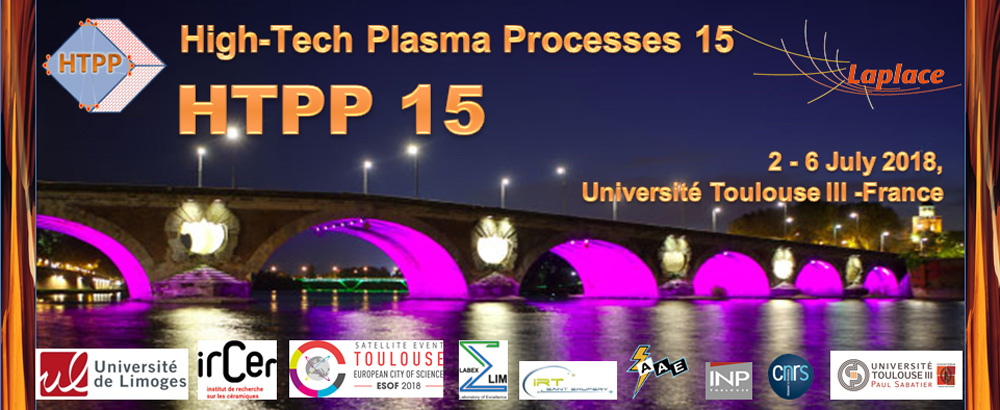The ITER tokamak, now under construction in France, represents an essential step toward a practical technical demonstration of fusion energy. Realizing the full potential of the facility will require vigilance during the present manufacturing and construction activity, then careful planning and execution of the commissioning phase to prepare for full nuclear operation of the facility. A brief overview of the project and the status will be given, highlighting the unique nature of the ITER facility. Using an activity-based metric, >50% of the work required to reach First Plasma has been accomplished. First examples of all of the major components of the tokamak (cryostat, vacuum vessel, magnetic coils) have been fabricated, and major systems (steady-state and pulsed electrical power, cooling water, and cryogenic systems) are under construction on site. The present plan projects Integrated Commissioning to begin in 2025, culminating in achieving First Plasma by the end of the year. Following this discussion, the scientific and technological objectives of the project will be presented, tracing these back to features of the facility capabilities or size, when possible. The fundamental physics objectives of ITER are twofold. One of the two objectives is to sustain a plasma generating 500 MW of fusion power with an energy gain of 10 for more than 300 s. The second is to demonstrate in-principle steady-state operation with an energy gain of 5. An overview of the ITER Research Plan, which has recently been updated for the revised timeline for delivery of various systems, will be provided. That Plan describes the present vision for how these project objectives will be achieved. The objectives at each stage of the Plan will be discussed. As part of the overview of the Plan, key physics and technology R&D issues that can be addressed in existing research programs will also be presented.

 PDF version
PDF version
